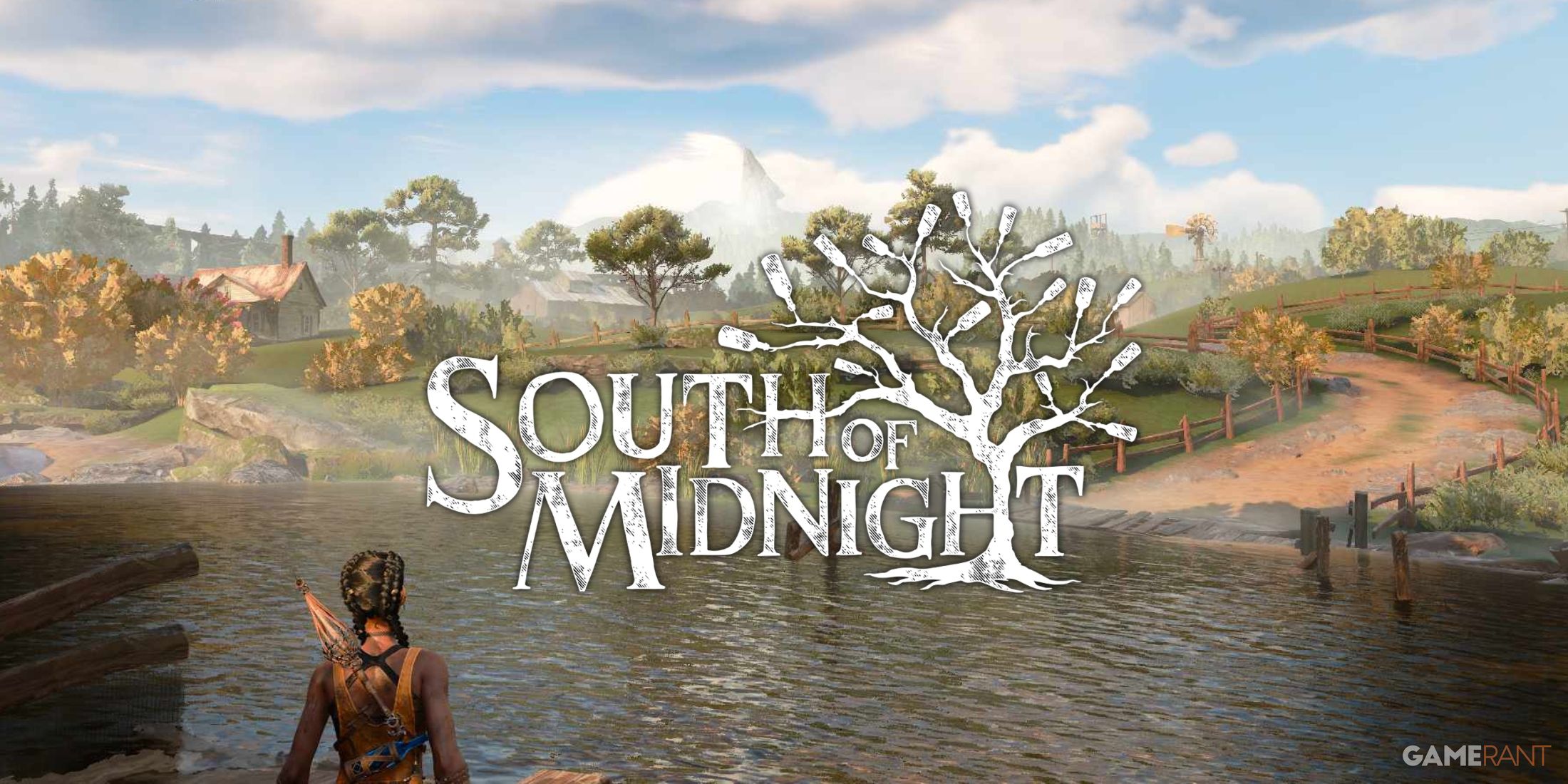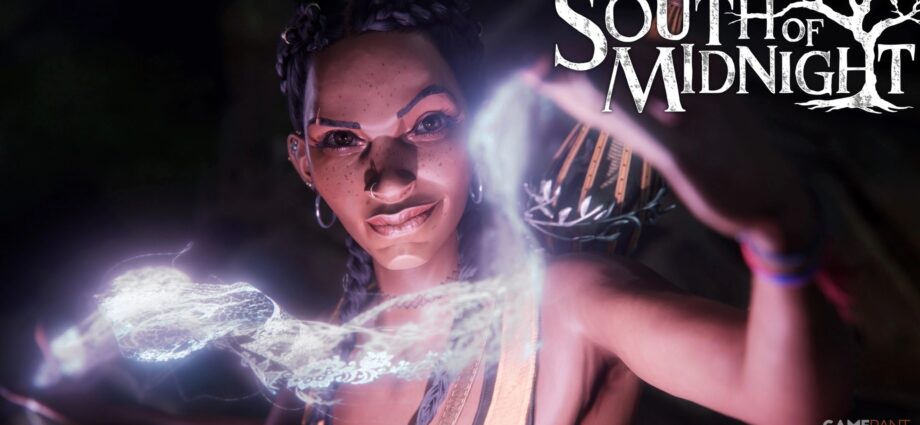South of Midnight‘s story may be one of the best of 2025 so far, with it tackling a wealth of heavy, mature themes that are sure to resonate deeply with many players in one way or another. South of Midnight‘s presentation is also stellar, with the game’s stunning lighting effects and cel-shading doing a great job of capturing its fairy tale tone and aesthetic.
South of Midnight‘s gameplay, however, isn’t quite as strong. Platforming is enjoyable and fairly responsive, but it doesn’t offer anything players haven’t seen before. And South of Midnight‘s combat has been criticized for feeling far too repetitive, with each encounter requiring very little variation from the player. But there’s one very specific mechanic that South of Midnight fumbles, and it’s one of the game’s most important.

Related
South of Midnight’s Exploration is Simple But Effective
South of Midnight’s gameplay may not be the most groundbreaking in the industry, but its exploration is still pretty fun and effective.
South of Midnight’s Unravel Mechanic Falls Short
Why South of Midnight’s Unravel Mechanic Feels Lackluster
A core part of South of Midnight‘s story is that Hazel has just discovered that she’s a Weaver, a magic-wielder who uses their abilities to mend deep-rooted traumas. Weavers do this by finding sources of Stigma (wells of strong negative emotions) out in the world, and destroying them, using their magical hooks to unravel the fabric of their existence.
This act of unraveling becomes a key component of South of Midnight‘s combat. When an enemy Haint is defeated, players are prompted to unravel the Stigma contained inside them. This is done with a simple tap of the “Y” button. But the problem is that such a key component of South of Midnight‘s narrative and gameplay feels a bit lackluster for a few different reasons.
One of the most apparent issues with South of Midnight‘s unraveling mechanic is that it doesn’t feel rewarding enough. In its base form, the unravel ability only grants players a slight health regain, and a slight reduction on their ability cooldowns. These rewards are rarely enough to justify the lengthy animation that plays each time the player unravels an enemy, which always feels like a major break in the pacing of an otherwise very fast combat encounter.
The health gained from a successful unravel also feels a bit redundant when all of South of Midnight‘s combat encounters provide players with a full health regain at the side of the arena.
There are a handful of upgrades in South of Midnight‘s skill tree that definitely help to make this unravel mechanic feel more worthwhile, but it doesn’t improve it by a lot. For instance, one early upgrade delivers an AoE blast each time the player unravels an enemy’s Stigma core. The damage output of this attack is solid, but enemies are rarely caught in the blast.
South of Midnight’s Unravel Mechanic Could Have Been Much Better
It’s a real shame that such an integral part of South of Midnight‘s story and gameplay doesn’t live up to expectations, especially as there are some clear ways it could be easily improved. One simple improvement would be to make the duration of the unravel animation much shorter, thus improving the overall flow of each combat encounter.
A much more significant change would be to give South of Midnight‘s unravel mechanic some higher stakes. If enemies were able to come back to life if their cores weren’t destroyed, then it could make South of Midnight‘s combat feel a bit more challenging, and it would make unraveling necessary.




